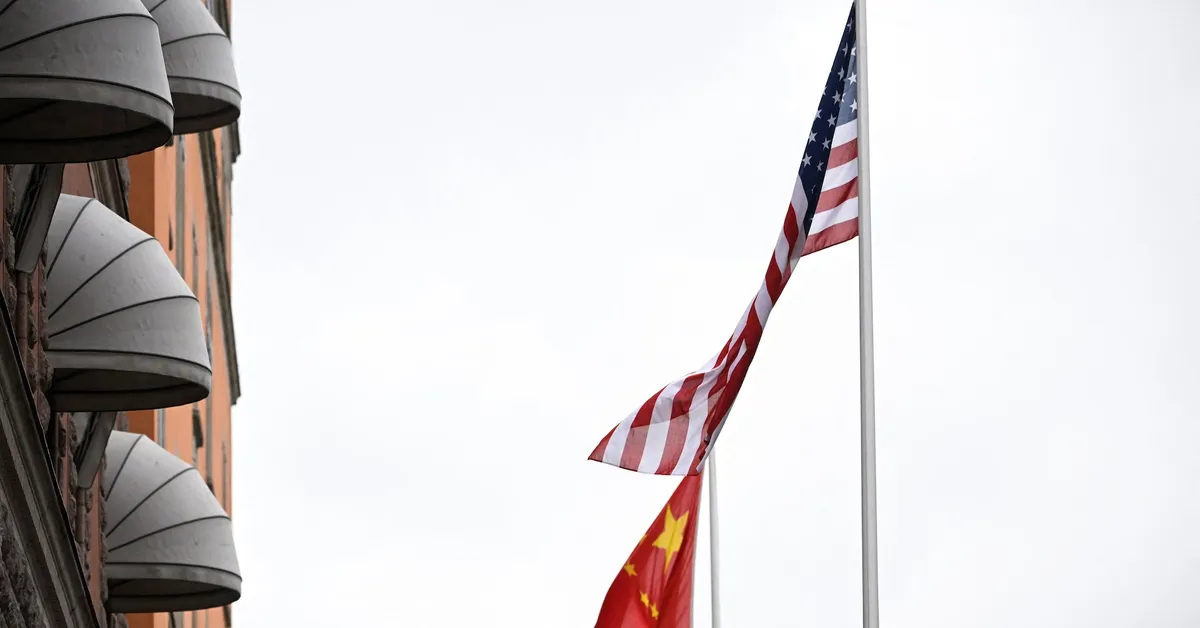
On July 29, 2023, U.S. and Chinese officials convened in Stockholm to discuss extending their current tariff truce, which is set to expire on August 12. This meeting was part of ongoing efforts to mitigate the escalating trade war between the two largest economies in the world, a conflict that poses threats to global economic stability. Despite two days of discussions, no significant breakthroughs were announced, leaving the decision to extend the truce in the hands of President Donald Trump.
After months of threats to impose high tariffs on various trading partners, Trump has successfully negotiated trade agreements with the European Union, Japan, and others. However, the intricacies of negotiating with China, especially given its dominant role in the global rare earth market, make these discussions particularly challenging. In May, both nations had avoided imposing triple-digit tariffs on each other, which would have effectively created a bilateral trade embargo. Without a renewed agreement, global supply chains and financial markets could experience renewed instability.
U.S. Treasury Secretary Scott Bessent stated that Trump will ultimately determine whether to continue the trade truce. U.S. Trade Representative Jamieson Greer highlighted that another 90-day extension is one possible outcome. Following the meetings at Rosenbad, the Swedish prime minister's office, Greer noted, "We had constructive meetings for sure, and we'll report back to him with a positive report." Bessent indicated that discussions could continue in approximately 90 days, with agreements regarding the flow of Chinese rare earths becoming increasingly detailed after prior talks in Geneva and London.
The International Monetary Fund (IMF) recently raised its global growth forecast but cautioned that a potential resurgence in tariff rates remains a significant risk. Li Chenggang, China’s chief trade negotiator, emphasized the importance of maintaining a stable economic and trade relationship between the U.S. and China. He stated that both nations would continue to engage in active communication and exchange views on trade issues to promote a healthy bilateral economic relationship.
The Stockholm talks may set the stage for a future meeting between President Trump and Chinese President Xi Jinping. Although Trump downplayed the idea of proactively seeking such a meeting, discussions regarding a potential encounter were not on the formal agenda. The meetings also involved extensive dialogue on both economies, with Greer and Bessent underscoring the necessity for China to transition from a state-led, export-driven manufacturing model to one fueled by increased consumer demand, which would benefit U.S. exports.
These discussions in Stockholm followed Trump’s substantial trade agreement with the European Union, which involves a 15% tariff on most EU goods exported to the United States. While this deal has provided some relief to the EU, it has also sparked frustration, particularly in France and Germany. Analysts suggest that China holds a certain leverage due to its control over the global market for rare earths and other critical components, enabling it to navigate trade negotiations for a more extended period compared to the EU, which is more dependent on U.S. security assurances.
As the trade discussions evolve, the U.S. continues to express concerns over China’s state-led economic model, which it argues floods global markets with low-cost goods. Meanwhile, China contends that U.S. export controls on technology are aimed at hindering its growth. The outcomes of these negotiations will not only affect the bilateral relationship between the U.S. and China but will also have far-reaching implications for global economic stability.